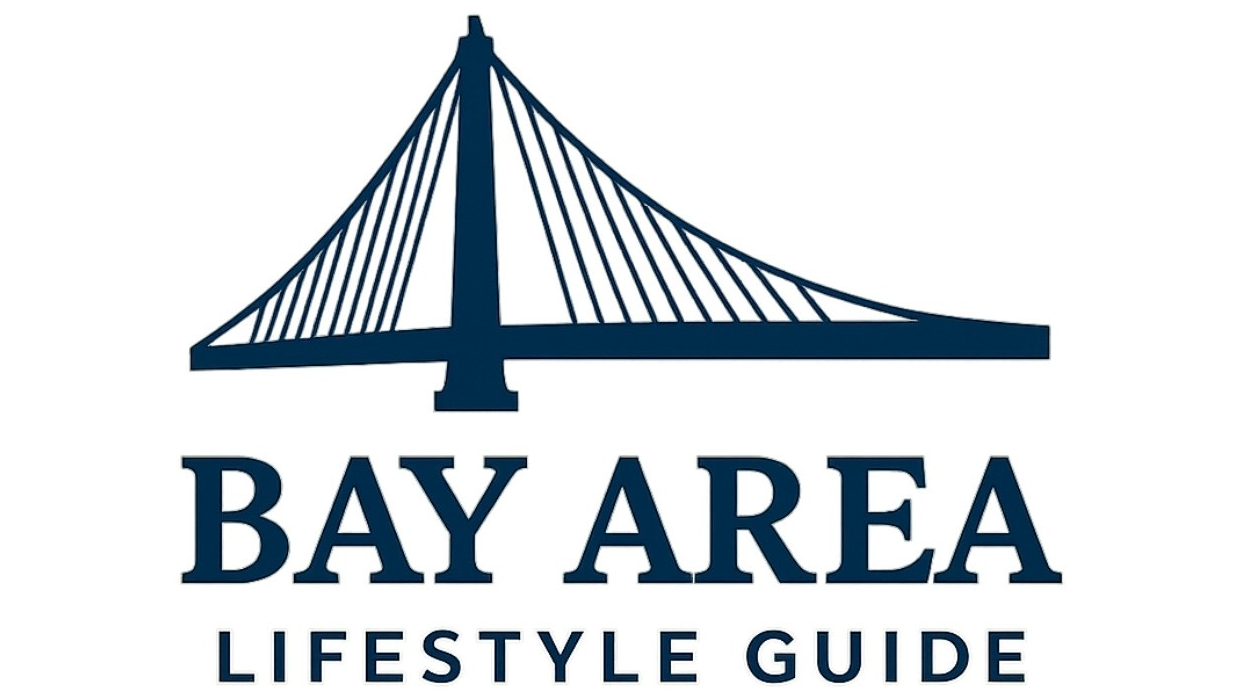
The Emerging Landscape of YouTube's Content Moderation
YouTube's recent announcement about reinstating previously banned accounts has stirred a mix of excitement and skepticism within the community. Under its new policy initiative, the platform allows certain creators who were permanently banned due to misinformation regarding COVID-19 and the 2020 election to apply for reinstatement. This pilot program is particularly notable as it could affect high-profile figures such as Robert F. Kennedy Jr. and Steve Bannon.
In a world where misinformation spreads like wildfire, YouTube's shift in stance could reflect a larger trend in content moderation across social media platforms. As traditional avenues of open discourse evolve, the implications for free speech and public dialogue become more crucial. Creators previously silenced are now given a chance to re-enter a platform that has historically been their primary broadcasting choice.
Understanding the Rationale Behind Policy Changes
YouTube’s decision hinges on a broader narrative presented by its parent company, Alphabet, which asserts that the move aims to honor free speech, especially the voices of conservatives that they allege have been unjustly silenced. As detailed in the announcement, Alphabet suggested that the Biden administration exerted pressure on platforms to clamp down on certain viewpoints. This assertion adds a political layer to what many perceive as a commercial maneuver—YouTube attempting to recapture lost users and engagement amidst increasing competition.
This policy is actually in response to the shift in content moderation practices that began in 2023. As the platform started to relax its stringent rules surrounding election-related misinformation and COVID-19 content, it clearly indicated a willingness to adapt to a rapidly changing digital landscape. With heightened scrutiny from Congress and advocacy groups, YouTube's approach seems to be crafted not just for ethical considerations but also for legal and financial sustainability.
The Impact on Creators and Civic Discourse
This new pilot program could have significant ramifications for content creators and ordinary users alike. For those who had built communities around their ventures but succumbed to platform rules deemed excessively draconian, this provides a glimmer of hope. It effectively sends a message to these creators that their voices can be heard again, nurturing a more pluralistic environment.
Of note is the social responsibility that comes with reinstating creators who were previously flagged for misinformation. How will YouTube ensure that such accounts contribute positively to civic discourse and do not perpetuate harmful narratives? It's a challenging position that demands a delicate balance between free expression and social accountability.
Current Events and Cultural Significance
The timing of this policy shift coincides with an increased interest in alternative viewpoints in many communities, reflecting a wider polarization in public opinion. For the lifestyle-conscious adults in the SF Bay Area, this may strike a chord especially as debates on health, wellness, and societal values increasingly spill into public forums. As more voices return to platforms like YouTube, viewers may find themselves navigating a complex web of perspectives where misinformation and credible information collide.
This nuanced landscape underlines the importance of media literacy and critical engagement with online content. It’s an invitation for all of us to contemplate our role as consumers of information and to take responsibility for supporting accurate and responsible content.
Looking Ahead: Opportunities and Challenges in Digital Expression
As YouTube embarks on this pilot program, its success will likely hinge on how well it manages the delicate dynamics of voice and accountability. Creators who may have been previously silenced will walk a newfound tightrope of expression and the ethical implications of their narratives. Will the allure of re-engagement lead some to compromise their integrity for visibility? Or can these platforms foster environments for genuine dialogue while filtering out harmful rhetoric?
Moving forward, viewing this evolution through a community lens might stand to enrich our local conversations and interactions. For Bay Area residents devoted to art, culture, and wellness, how these influences play out on platforms like YouTube could reflect back on our values and community ethics.
In closing, as YouTube reopens its doors to its previously banned creators, it beckons us to engage critically with the platform's diverse voices, ensuring that our consumption reflects a commitment to informed and responsible dialogue.
The future of social media is not just about connectivity; it’s about cultivating a responsible, engaged citizenry capable of discerning truth from misinformation and celebrating the myriad of voices in our communities.
 Add Row
Add Row  Add
Add 



Write A Comment